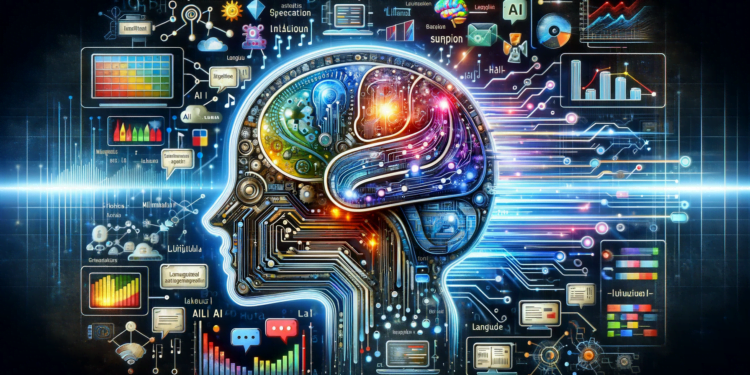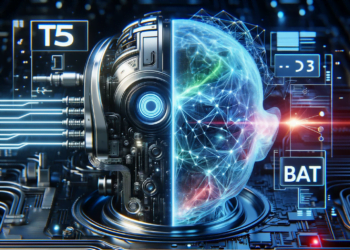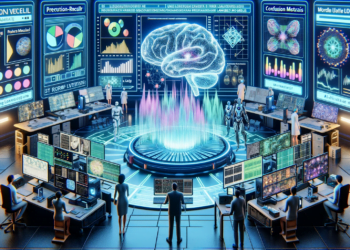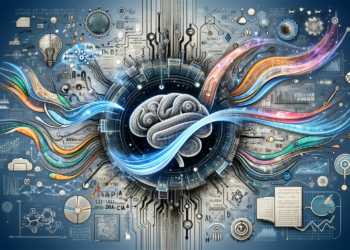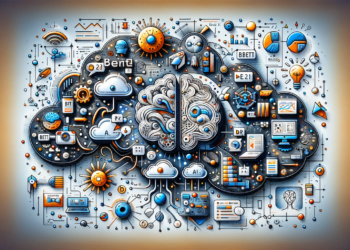In the field of artificial intelligence (AI), language models have seen formidable development, propelling machine translation and linguistic assistance systems to levels of accuracy and relevance previously unfathomable. This article unravels the technical evolution of these systems and examines the most recent advancements, outlining an overview of their emerging practical applications and sketching predictions for future innovation trajectories.
Theoretical Foundations and Evolution of Language Models
The conception of language models is based on the notion that human language can be modeled and understood through algorithms and statistical patterns. Since the early days with unigram, bigram, and trigram models based on Markov chains, there has been a significant journey towards more complex algorithms like neural language models (NLMs). These NLMs have scaled from recurrent neural networks (RNNs), through LSTM (Long Short-Term Memory) and GRU (Gated Recurrent Units), to attention models like Transformer, which have revolutionized the field of machine translation.
Recent Advancements in Language Models
With the advent of BERT (Bidirectional Encoder Representations from Transformers) and subsequent models like GPT-3 (Generative Pre-trained Transformer 3) and T5 (Text-to-Text Transfer Transformer), the understanding and generation of natural language have reached significant milestones. These models leverage a Transformer architecture which, unlike RNNs, captures long-term dependencies and views language structure from a bidirectional or even seq2seq holistic perspective.
Applications in Machine Translation and Linguistic Assistance
Models like BERT and GPT-3 have paved the way for high-fidelity machine translation systems. The ability to fully comprehend context allows for the circumvention of common errors related to ambiguity and cross-referencing that plagued earlier versions. The use of transfer learning, particularly fine-tuning in specific corpora, has enabled specialization in niche languages and technical jargons, substantially increasing the quality of translation in specialized fields.
In linguistic assistance, these models have enabled the creation of writing and reviewing tools, such as grammatical and stylistic checkers, that not only identify errors but also propose contextualized improvements. The integration of natural language processing (NLP) techniques with AI models allows for the development of sophisticated writing assistants that anticipate the user’s needs, adapting to their style and preferences.
Innovations in Autoregressive Language Models and Their Impact
Autoregressive models have transformed the interactive nature of linguistic assistance systems. With the predictive capacity inherent in models like GPT-3, which generate text sequentially, automated writing tools are capable of providing real-time text suggestions and completions based on contextual probabilities.
Comparison With Previous Models
Compared to previous models, such as encoder-decoder architectures with attention, current autoregressive models mark a significant improvement in context capture and coherent text generation. The size of their training sets and their ability to learn in an unsupervised manner place them on a higher echelon in terms of versatility and depth of learning.
Challenges and Future Directions
Despite the achievements, there remain notable challenges such as deep understanding of meaning (semantics) and the application of real-world knowledge (pragmatics). It is speculated that the next wave of innovations will focus on the integration of external knowledge models and reasoning mechanisms to enrich the linguistic comprehension of these systems.
Case Studies: Emerging Applications
Translation of Low-Resource Languages
Current models have democratized the translation of minority languages, previously overlooked due to limited training material. Through semi-supervised learning techniques and the exploitation of linguistic affinities, translation services have been extended to languages with scarce resources.
Personalized Linguistic Assistance in Professional Environments
In environments like the legal and medical fields, where precision and the use of terminology are crucial, language models have enabled the development of highly personalized assistance systems, trained on specific corpora. This has revolutionized the preparation of documentation, allowing a consistency and linguistic accuracy previously unattainable.
Conclusion
Language models in machine translation and linguistic assistance systems have proliferated in efficacy and applicability thanks to the most advanced techniques of artificial intelligence. While the future heralds even more sophisticated developments, it is vital to continue addressing the current limitations to not only keep pace with technical advances but also to empower marginalized communities with powerful linguistic tools. AI continues to redefine the boundaries of language, and its application in translation and linguistic assistance has only just begun to unveil its colossal potential.

